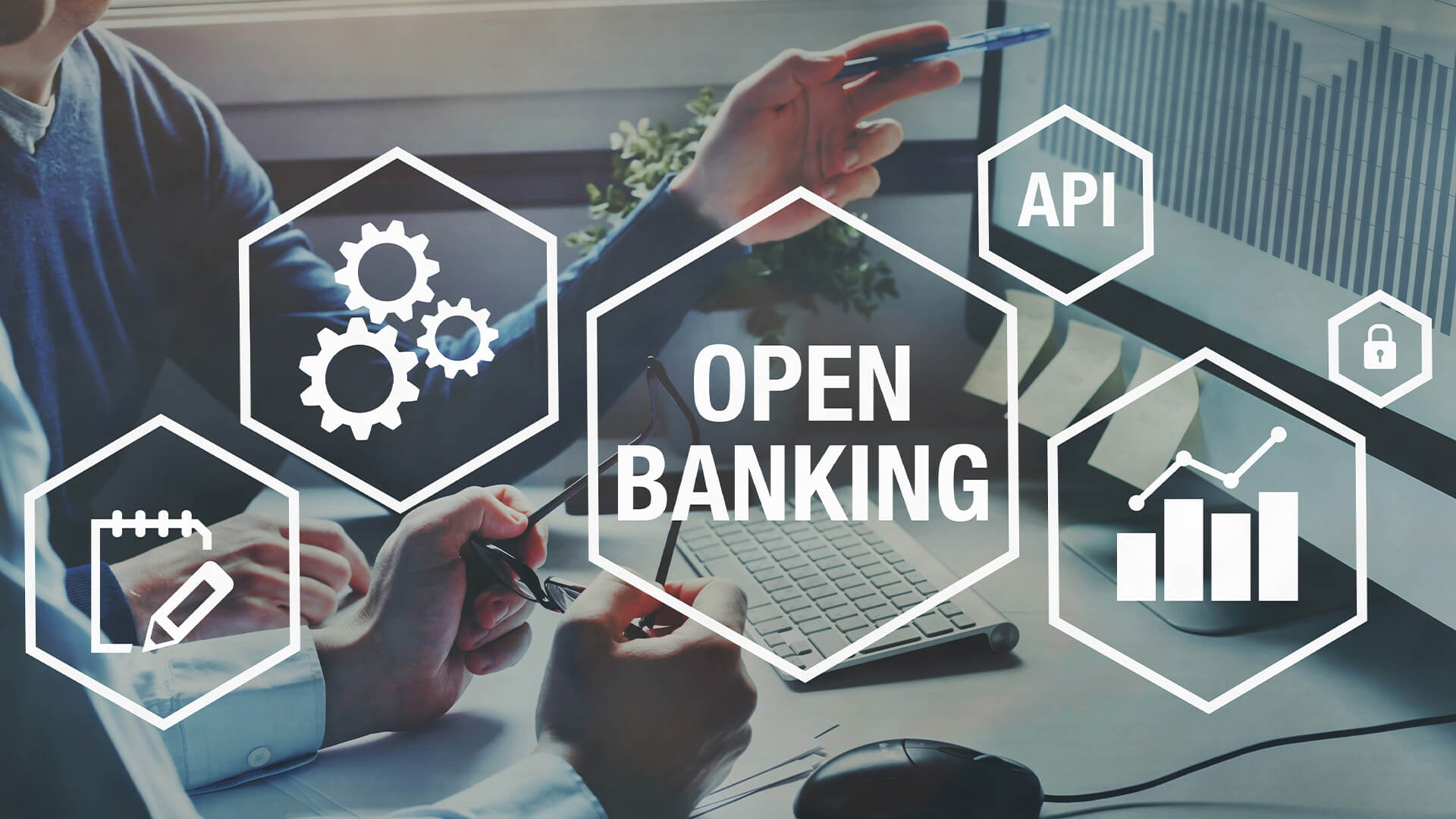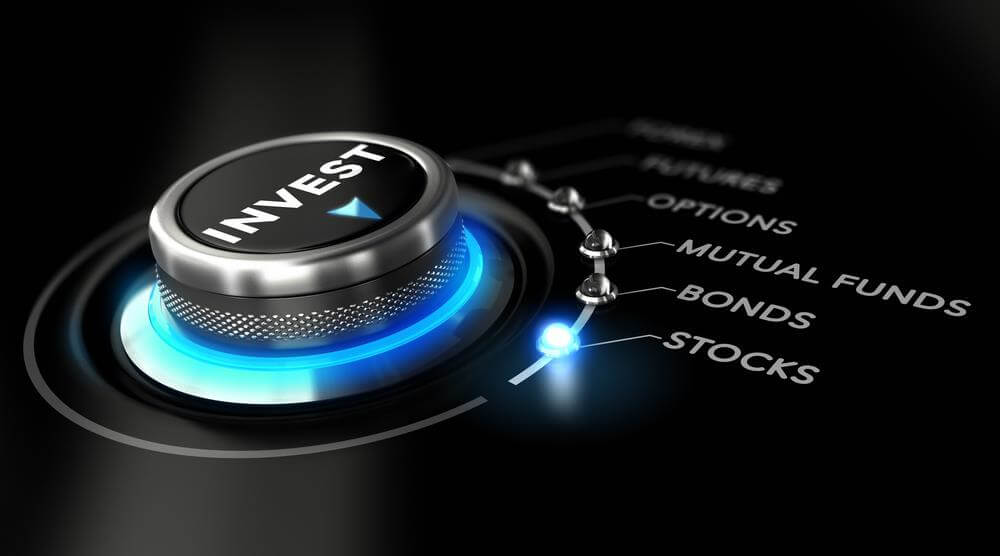Imagine a world where your stock portfolio is like a self-driving car, navigating the twists and turns of the market without you needing to keep your hands on the wheel. This isn’t just a daydream; it’s the reality for many investors who leverage the sophistication of trading software for automated stock trades for a hands-off investing experience that is drawing more people into the fold, eager to harness the power of automated trading systems that work around the clock.
But as you sit back and savor the perks of automation, it’s crucial to remember that even the most advanced autopilot requires a foolproof strategy.
The anatomy of a solid trading algorithm
A well-crafted automated trading strategy begins with a clear understanding of your investment objectives and the amount of risk you’re willing to take. Next, comes the crucial task of selecting trading software that can cater to your specific needs. You’ll want to opt for a program that aligns seamlessly with your strategic parameters. But even more importantly, a solid blueprint includes a rigorous backtesting process. By simulating how your strategy would have fared against historical data, you gain invaluable insights into its potential for future success.
Critical to establishing a robust trading algorithm is the incorporation of diverse market conditions into the backtesting phase. Ensuring your strategy can handle various scenarios, from market crashes to periods of high stability, can aid in creating a more foolproof approach.
Additionally, including components that can identify and capitalize on market inefficiencies may provide an edge, leading to superior risk-adjusted returns over time.
Calibrating your system for the unexpected
Financial markets can be as unpredictable as the weather. To ensure your automated trading sails smoothly through stormy markets, it’s necessary to outfit it with safeguards. A savvy trader understands the importance of adaptability and includes tools that automatically adjust to increased market volatility. Moreover, putting in place fail-safes or contingency protocols can prevent significant losses during unexpected market upheavals. Such precautions make the difference between a system that weathers the market’s storms and one that sinks at the first strong wind.
It’s imperative to equip your strategy not just with standard stop-loss measures, but also with advanced risk management tools such as trailing stops or options for hedging. Furthermore, a complete hands-off experience calls for automated responses to news events or unexpected market closures, which require a trading system that can understand and react to real-time market sentiments and global occurrences.
Monitoring and maintaining your automated ecosystem
While the allure of “set it and forget it” is strong, the most effective automated trading systems are those that undergo regular maintenance checks. It’s like taking your car in for service; regular tune-ups ensure everything runs smoothly. In the context of trading, this means setting up automated alerts that notify you of any unusual activity within your portfolio or market conditions that may affect your strategy. While it is an automated system, the human touch of periodic review and assessment cannot be entirely replaced.
Even with alerts in place, the importance of dashboards cannot be overstated. Dashboards provide an at-a-glance view of your strategy’s performance, including real-time analytics and the ability to quickly tweak settings as needed. It’s an essential component for maintaining control over an automated system, as it consolidates all critical information in one easily accessible location.
Learning from the market – Adapting over time
Market trends evolve, and so should your automated trading strategy. Incorporating a feedback loop into your algorithm allows it to learn from past trades and refine decision-making processes. This ability to adapt over time ensures that your system stays relevant and continues to work effectively in changing markets. Ongoing analysis and occasional algorithm tweaks are fundamental to maintaining the resilience and efficiency of your automated investment strategy.
Staying up to date with regulatory compliance
Any automated trading approach must operate within the bounds of existing regulations. Financial markets are heavily regulated, and automated trading systems are no exception. To avoid any legal pitfalls, it’s vital to stay informed about the compliance requirements tied to using such systems. This includes understanding your liability as an investor and any reporting obligations you may have. Regularly reviewing regulatory updates ensures that your automated trading strategy remains not only effective but also legitimate.
Embarking on an automated trading journey can be exhilarating, offering a hands-off investment experience that many could only dream of a decade ago. Yet, by grounding your strategy with these foolproof measures, you not only enhance your peace of mind but also bolster the longevity and success of your automated trading ventures. Remember, a smart car is always as good as its driver—or in this case, as the strategist behind the screen.



























